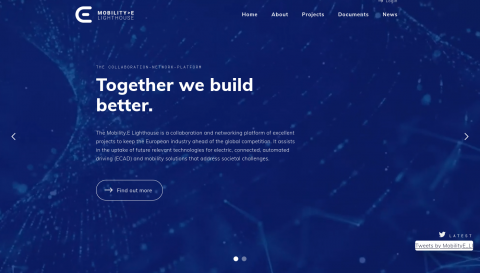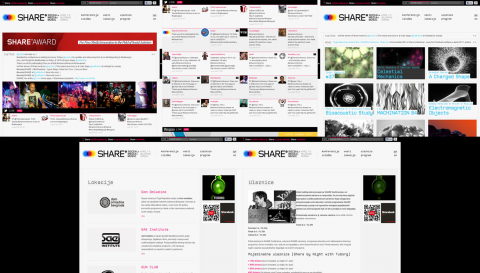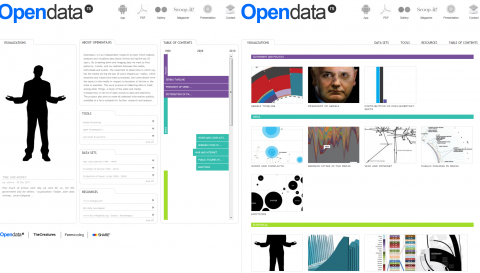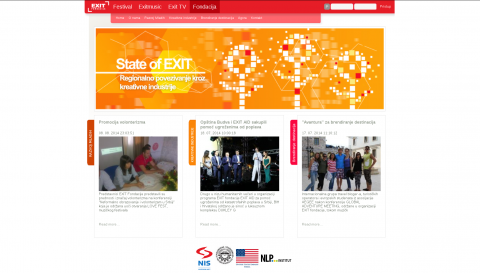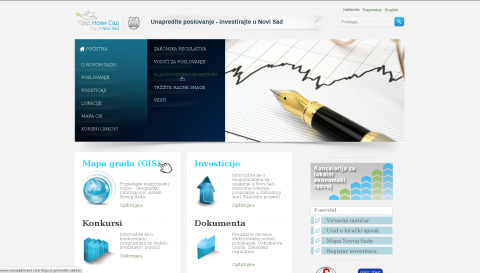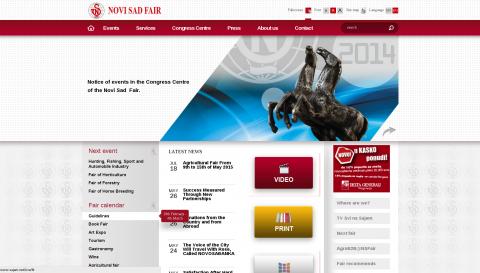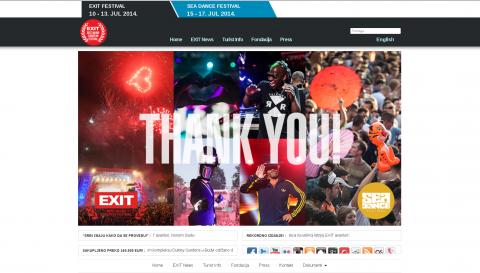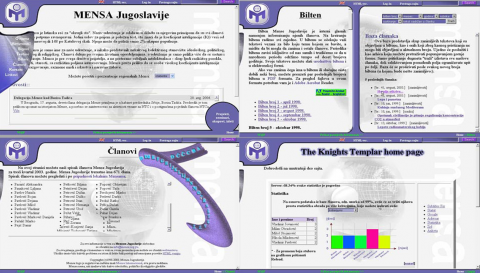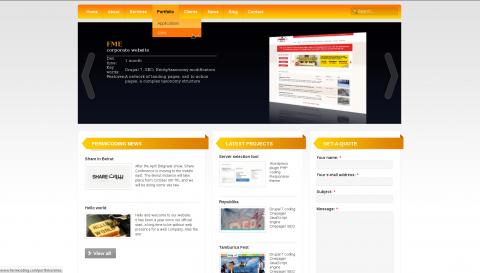One of the most well-known JavaScript frameworks, developed by Facebook, transformed the way we think while developing. It introduced the concept of components, so you no longer write the HTML layer of the whole page, then style with the CSS layer, and finally add functionality with JS. Development is now modular, so you write all three for one component at a time (for example a button), and plug it in in as many places it is needed. This speeds up development greatly, especially in AJAX-enabled pages. Our developers use React patterns like Higher Order Components, Layout Components, or State Hoisting. Of course, bigger applications must use patterns as Flux or Redux helped by the power of Sagas. We try to leverage Functional programming and use Pure functions whenever possible.

ReactJS

SvelteKit

Svelte and its modern framework SvelteKit bring a fresh perspective to frontend development. The code is compiled ahead of time, resulting in faster apps and lower resource usage. This makes it perfect for projects where performance and user experience are key. At Fermicoding, we use SvelteKit when we want clean, lightweight solutions without unnecessary complexity. It allows us to deliver interfaces that feel instant and effortless, even as applications grow in complexity.
NodeJS
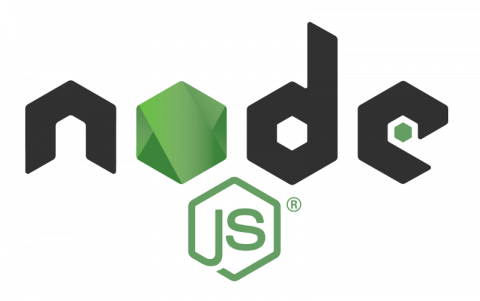
JS was such a great technology, but we were stuck using it only in the confines of a Web browser. NodeJS changed all that, bringing the power of the language to the back end. Especially noteworthy was the non-blocking feature of the language which made a huge difference in heavy process management, and as a result, speeding up page execution greatly compared to PHP, a single-threaded preprocessor. Now we are truly able to write lightning speed applications.
GatsbyJS

For those customers who don't just want their site to be fast, but "blazing fast", we'll use a static site generator like Gatsby. It's their tagline and Gatsby delivers. The sites are so fast because there are no dynamic parts. HTML/CSS is pre-generated. It is completely Serverless, and it uses several optimization techniques, like preloading. This all gives you a feeling you are dealing with a desktop application instead of a Website. It also cuts down costs as there is no server to worry about. Instead, we host such sites on Netlify, and use Contentful for managing content.
Express

As these applications are so great, they want to interact with the world, and thankfully, there's this little framework that makes API development simple. Express gives us a nice base whether we need to build a REST or GraphQL based API.
Strapi

What WordPress and Drupal are for PHP, Strapi is for JavaScript. A free open-source CMS we've been waiting for, with one difference - it's headless. That means we can set it up for your project as a back end in combination with any technology you prefer at the front. We'll lean on its many functionalities for creating data structures, shortening development time by clicking through a GUI, and storing data in databases like MySQL, Mongo, and many others. Uploading and resizing images - already done. It automatically creates an API for all data structures, and we'll do the authentication using it's native JWT tokens. If you have a special requirement our experts can extend its core capabilities using Strapi's plugin system.


